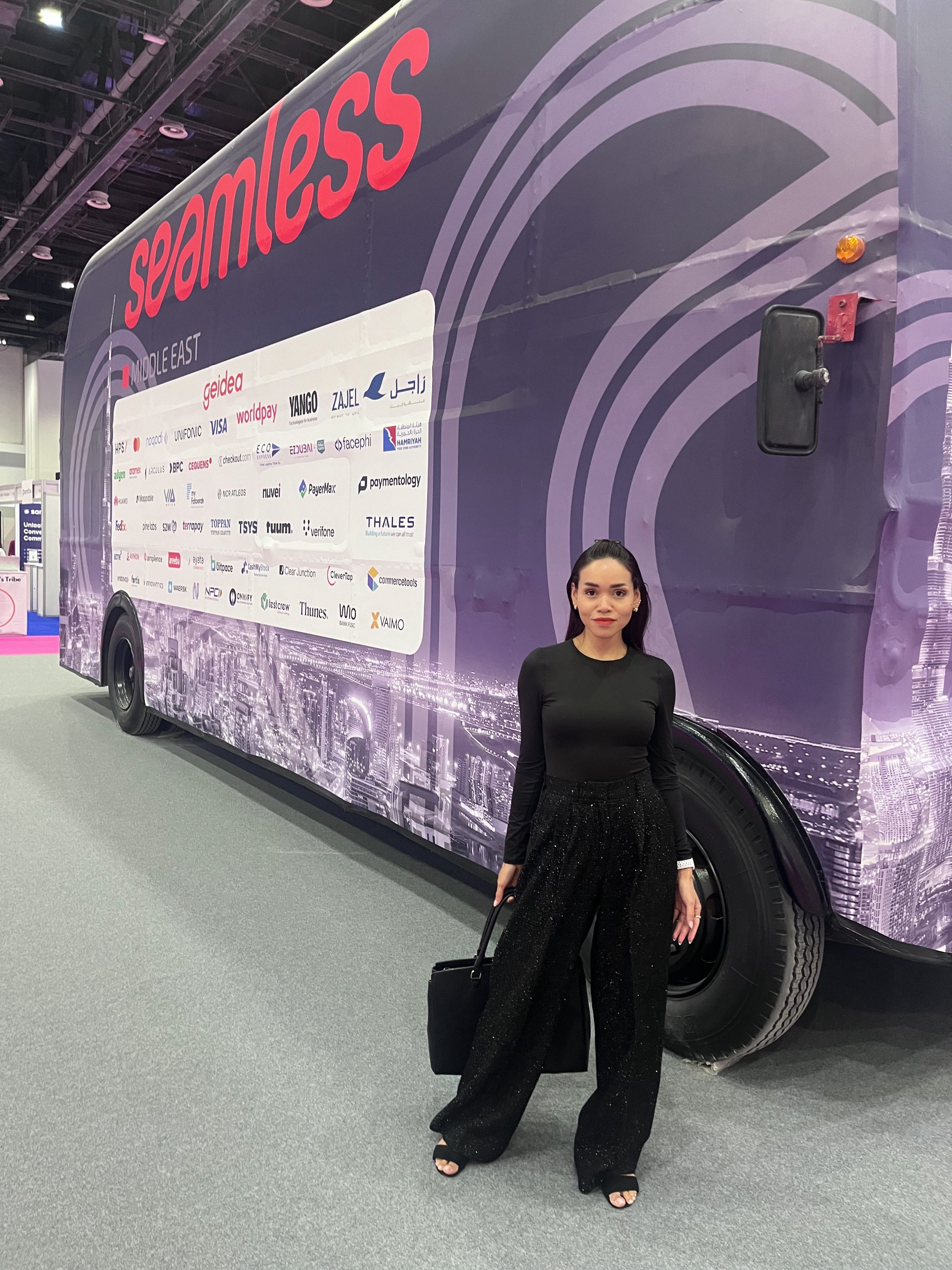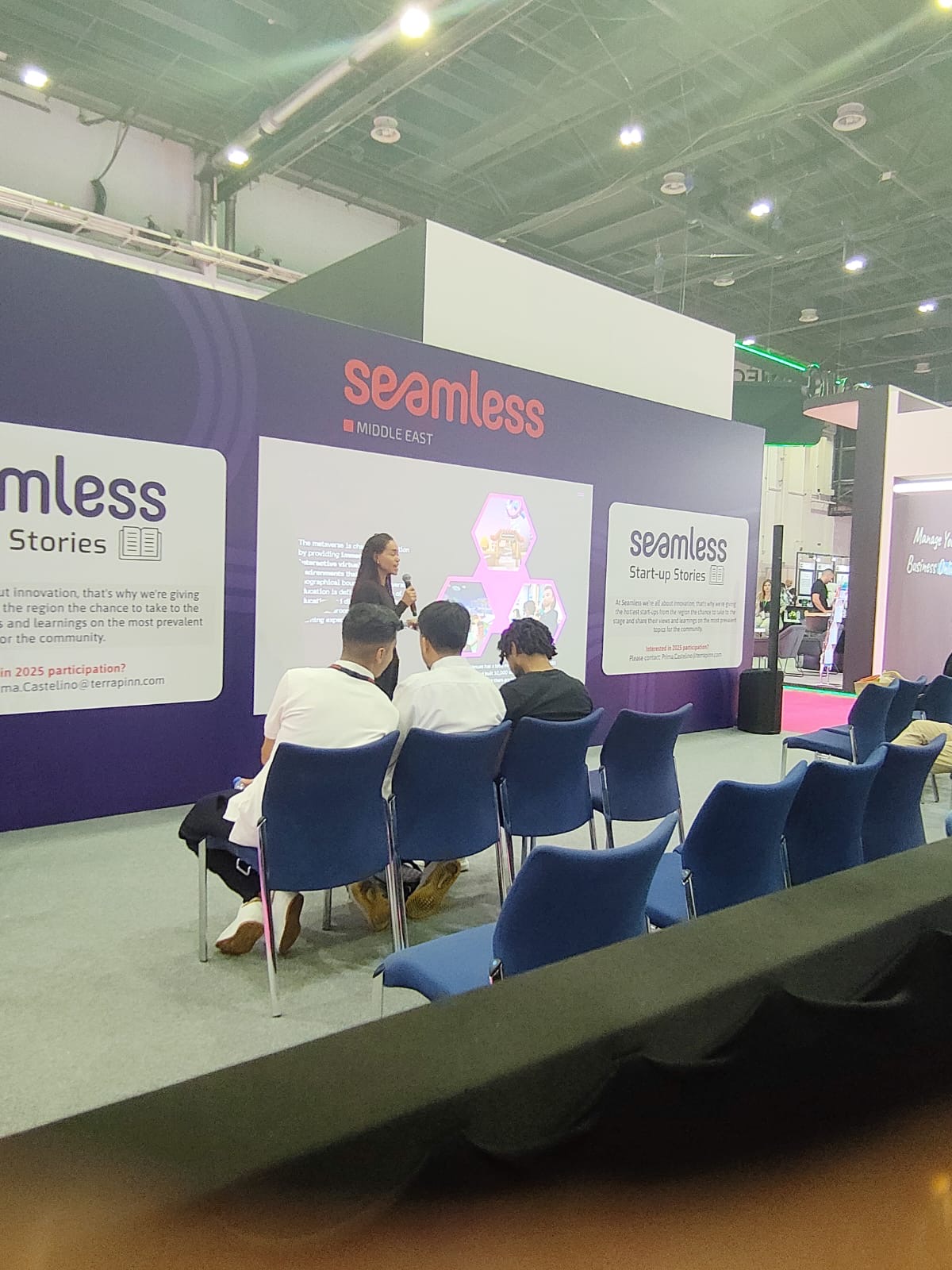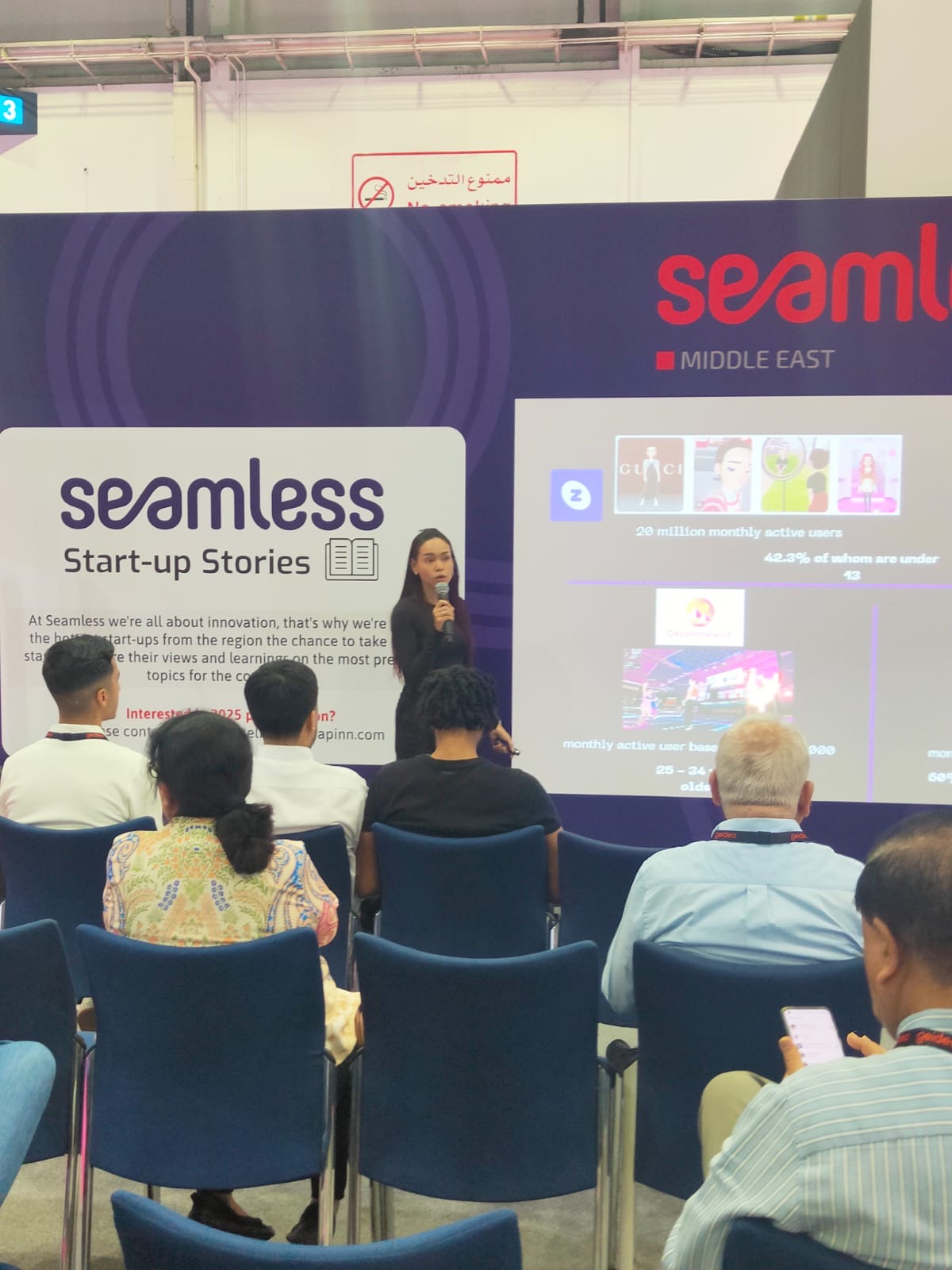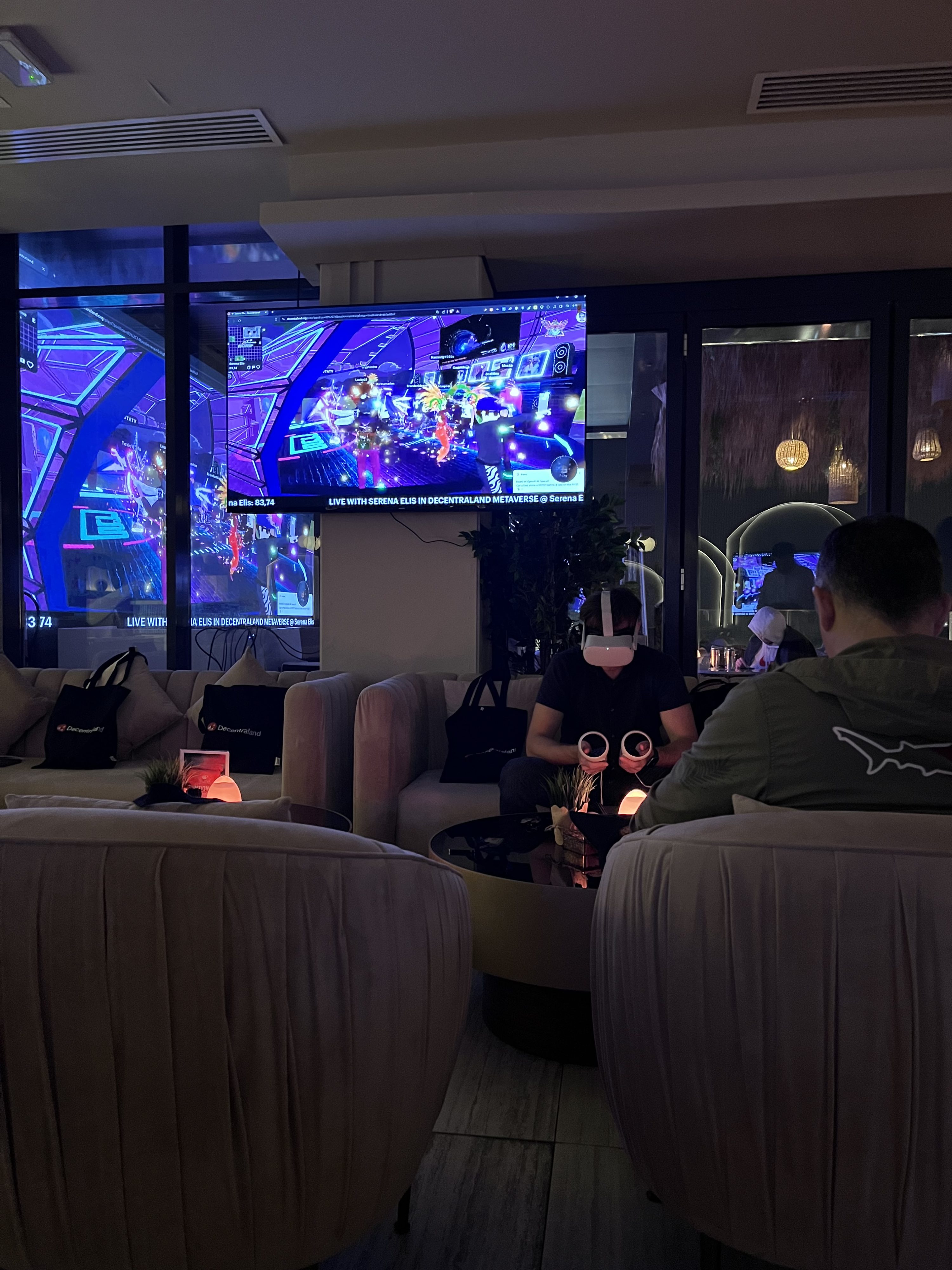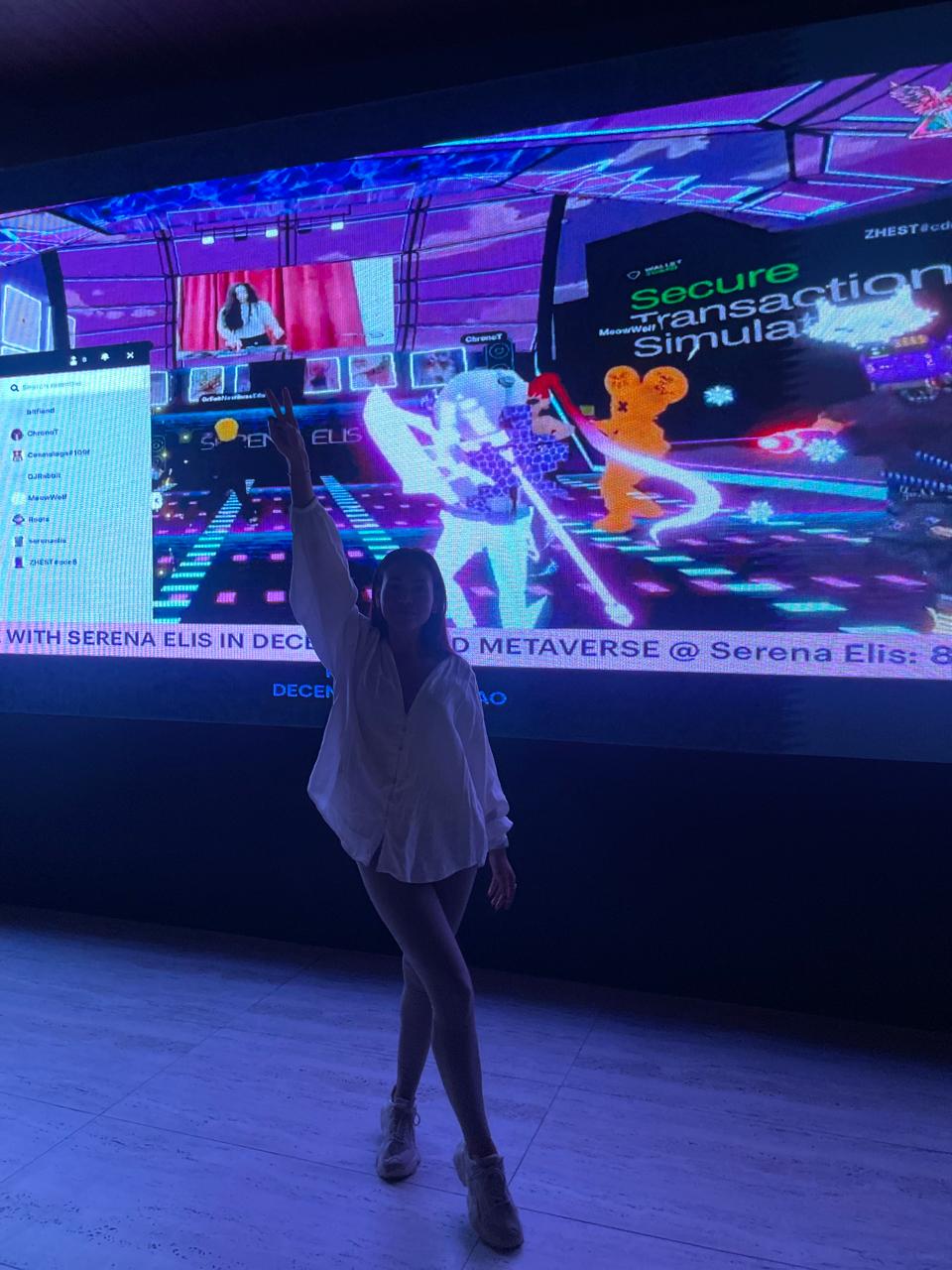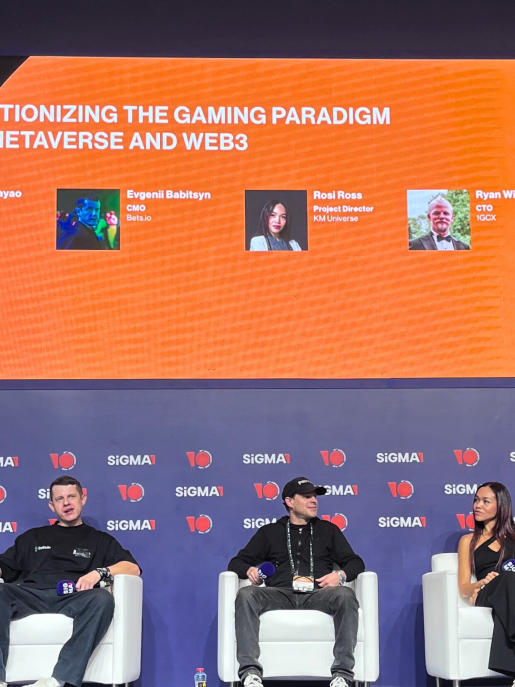As a speaker at Seamless Middle East 2024, I’m excited to delve into the transformative potential of educating in the metaverse and the pivotal process of onboarding into Web3. These topics are not just future-forward concepts but essential elements shaping the digital landscape for the upcoming generations, notably Generation Alpha and the forthcoming Generation Beta. This blog post will explore the significance of the metaverse, the transformative role of technologies like AI, VR, and AR, and the challenges of infrastructure and cost in this evolving digital frontier. Additionally, we’ll examine the leading companies pioneering this space and how they are shaping the future.
Why Educating in the Metaverse is Crucial
The metaverse is an immersive digital universe that leverages augmented reality (AR), virtual reality (VR), and artificial intelligence (AI) to create interactive experiences. For Generation Alpha, born from 2010 onwards, the metaverse represents an integral part of their digital lives. Educating within this space is crucial because it aligns with their innate technological fluency and offers unprecedented opportunities for interactive and engaging learning experiences. The metaverse allows for simulations and virtual field trips, making abstract concepts tangible.
For example, history lessons can transport students to ancient civilizations, while science classes can include virtual lab experiments, providing a hands-on learning experience that traditional classrooms cannot. Moreover, AI-driven analytics can track student progress in real-time, offering personalized feedback and adapting educational content to meet individual needs, fostering a more tailored and effective learning environment. The metaverse also breaks geographical barriers, enabling students from around the world to collaborate and learn together in a shared virtual space, enriching the learning experience and fostering cross-cultural understanding.
The Importance of Onboarding in Web3
Web3, or the decentralized web, is built on blockchain technology and emphasizes user control, privacy, and decentralization. Onboarding individuals into Web3 is essential because it represents a shift from traditional internet models to a more user-centric approach. For Generation Alpha and Beta, understanding and navigating Web3 will be crucial skills as they will interact with decentralized applications (dApps), smart contracts, and cryptocurrencies. Educating users about the principles of decentralization, blockchain technology, and digital wallets is fundamental. This knowledge will empower them to participate in the Web3 ecosystem confidently, fostering a new generation of digitally savvy individuals.
As users transition to Web3, understanding the importance of security measures such as private keys, encryption, and secure transactions is vital. This ensures their digital assets and identities remain protected, addressing the increasing concerns around digital privacy and security. Additionally, simplifying the user experience for Web3 applications will be crucial for widespread adoption. User-friendly interfaces and seamless integration with existing digital platforms can help bridge the gap between Web2 and Web3, making it easier for individuals to embrace the decentralized web and its transformative potential.
The Metaverse: A Place for Generation Alpha and Beta
Generation Alpha, born from 2010 to 2024, and Generation Beta, expected from 2025 to 2039, are digital natives growing up in an environment where digital interactions are second nature. For these generations, the metaverse will be their playground, classroom, and workspace, shaping the way they learn, socialize, and work. The metaverse offers a dynamic and interactive environment that resonates with the preferences of younger generations who favor experiential learning and social interactions in digital spaces. This immersive world allows for simulations, virtual field trips, and interactive lessons, making abstract concepts tangible and fostering a more engaging learning experience.
Platforms like Roblox and Zepeto exemplify how the metaverse can be a hub for creativity and expression. These platforms allow users to create, share, and monetize their content, fostering creativity and entrepreneurship from a young age. This not only encourages individual expression but also provides practical skills in digital creation and business, preparing them for future opportunities in a digital economy. The ability to create and sell virtual goods and services empowers Generation Alpha and Beta to explore entrepreneurial ventures early in life, cultivating a generation of innovative thinkers and creators.
Social connectivity is another cornerstone of the metaverse for these digital natives. Virtual worlds provide a space for social interaction, collaboration, and community building, which is particularly important as digital socialization becomes increasingly prevalent. In these virtual environments, users can form communities, collaborate on projects, and build meaningful relationships, mirroring and sometimes enhancing real-world interactions. The metaverse thus becomes a crucial platform for social development, helping younger generations navigate and thrive in a digitally connected world.
As Generation Alpha and Beta grow up with the metaverse as a central part of their lives, the implications for education, creativity, and social interaction are profound. The metaverse not only caters to their innate technological fluency but also opens up new avenues for learning, expression, and connectivity, fundamentally transforming their experiences and shaping their futures in a digital-first world.
The Role of AI, VR, and AR in Shaping Digital Life
Artificial Intelligence (AI)
AI is a cornerstone of the metaverse, enabling intelligent interactions, personalized experiences, and advanced data analytics. In education, AI can offer personalized learning paths and real-time feedback. In broader digital life, AI-driven virtual assistants and chatbots enhance user interactions and streamline tasks.
Virtual Reality (VR)
VR provides immersive experiences that can transform various sectors, from education to entertainment. In the classroom, VR can make learning more engaging by simulating real-world scenarios. In entertainment, VR offers unprecedented levels of immersion, making it a powerful tool for storytelling and interactive experiences.
Augmented Reality (AR)
AR overlays digital content onto the real world, enhancing everyday experiences. In education, AR can bring textbooks to life with interactive 3D models. In retail, AR allows customers to visualize products in their own space before making a purchase. As AR technology evolves, it will become an integral part of our daily interactions.
The Next 10 Years: A Digital Revolution
Over the next decade, these technologies will become more integrated and sophisticated, blurring the lines between physical and digital realities. AI will continue to advance, making interactions more seamless and intuitive. VR and AR will become more accessible and integrated into various aspects of life, from education and work to entertainment and socialization. The convergence of these technologies will create a cohesive and immersive digital ecosystem.
Challenges of Cost and Infrastructure in the Metaverse
Developing the metaverse is a resource-intensive endeavor, necessitating significant investment in technology, infrastructure, and content creation. High-quality VR and AR experiences require advanced hardware, which can be prohibitively expensive for both developers and users. This cost barrier poses a significant challenge to accessibility and can slow widespread adoption. Reliable high-speed internet is essential for immersive metaverse experiences, yet in many parts of the world, connectivity issues can hinder access. Without consistent and fast internet connections, users cannot fully engage with the rich, interactive environments that the metaverse promises.
VR and AR devices themselves need to be powerful yet affordable. Currently, high-end VR headsets are costly, making them out of reach for many potential users. For widespread adoption, the market needs more affordable options that do not compromise on quality. This balance between cost and performance is critical to bringing the metaverse to a broader audience.
Furthermore, as more users join the metaverse, ensuring the scalability of platforms to support millions of simultaneous users presents a significant technical challenge. This scalability requires robust server infrastructure and advanced network solutions to handle the vast amounts of data and complex interactions within the metaverse. Platforms must be capable of supporting high levels of concurrent users without lag or performance issues, which demands continuous innovation and investment in backend technologies.
The development of the metaverse thus hinges on overcoming these hurdles: ensuring reliable connectivity, making advanced hardware affordable, and creating scalable infrastructure. Addressing these challenges will be key to unlocking the full potential of the metaverse and enabling it to become a mainstream digital ecosystem for the future generations.
Pioneers in the Metaverse: Shaping the Future
Roblox
Roblox is a leading platform where users can create and share their own games and experiences. It has become a hub for young creators and a model for user-generated content in the metaverse. Roblox’s success lies in its accessibility and the vast creative freedom it offers its users.
Decentraland
Decentraland is a decentralized virtual world built on blockchain technology. It allows users to buy, develop, and trade virtual land using cryptocurrency. Decentraland exemplifies the principles of Web3, providing a user-controlled digital environment where ownership and content creation are decentralized.
Spatial
Spatial focuses on creating virtual workspaces that enhance remote collaboration. Its emphasis on productivity and professional use cases showcases the potential of the metaverse beyond entertainment and gaming. Spatial enables immersive meetings, brainstorming sessions, and collaborative projects in a virtual environment.
Meta Horizons World
Meta (formerly Facebook) is investing heavily in the development of the metaverse through its Horizon Worlds platform. Meta aims to create a social metaverse where users can interact, create, and explore together. Horizon Worlds is part of Meta’s broader vision to connect people in more immersive and meaningful ways.
Zepeto
Zepeto is a social app that allows users to create 3D avatars and interact in virtual spaces. It combines social networking with immersive experiences, catering to the creative and social tendencies of younger users. Zepeto’s blend of social interaction and customization makes it a popular platform among Generation Alpha.
Educating in the metaverse and onboarding into Web3 are not just trends but essential steps towards preparing for a digital future.
For Generation Alpha and the upcoming Generation Beta, these technologies will be integral to their daily lives.
The metaverse offers immersive, personalized, and global learning experiences, while Web3 empowers users with control and security in a decentralized internet.
The next decade will witness a digital revolution driven by AI, VR, and AR, transforming how we learn, work, and interact. However, addressing the challenges of cost and infrastructure is crucial for the metaverse to reach its full potential. Leading companies like Roblox, Decentraland, Spatial, Meta Horizons World, and Zepeto are pioneering this space, shaping the future of digital interactions.
As we navigate this transformative journey, continuous innovation, investment in infrastructure, and a focus on user education will be key to unlocking the full potential of the metaverse and Web3. Seamless Middle East 2024 provides a platform to explore these opportunities and challenges, paving the way for a more immersive and connected digital future.


